Natural Gas—How Much Longer for Low-Cost Natural Gas?
Clean Energy Action has long specialized in questions related to long-term coal supply, issuing detailed reports in 2009 (“Coal Cheap and Abundant: Or Is It”) and 2013 (Warning: Faulty Reporting of US Coal Reserves.”).
The trends noted in the CEA reports of increasing production cost and declining profit margins in the coal sector combined with high levels of debt have indeed led to dramatic reductions in coal production and coal company bankruptcies, as predicted.
Now, as claims of “cheap and abundant” natural gas arise, the question becomes, how much longer for natural gas reserves. While Clean Energy Action has not taken as hard a look at fossil methane (aka “natural” gas) reserve questions, we would like to point our readers to a few resources.
For background information and academic reviews of the pros and cons of shale gas production see “Cornucopia or curse? Reviewing the costs and benefits of shale gas hydraulic fracturing (fracking))” by Benjamin Sovacol at the Vermont Law School or the article Natural gas from shale formation – The evolution, evidences and challenges of shale gas revolution in United States (Full articles require purchase.) A free BBC discussion of fracking can be found here.
For a detailed assessment of projections of fossil methane “reserves” available as a result of fracking, see “Shale Reality Check” by David Hughes. Hughes notes that production often declines quickly from shale gas reservoirs—often 70-90% in the first three years–
and that to maintain production new wells must be continually drilled. If drilling investment lags, then production will fall off and investment can lag when the most economically viable “sweet spots” are exhausted.
After a detailed analysis of drilling records for all major shale plays, Hughes concludes that estimates of future production (such as those by the US Energy Information Administration) are “highly to extremely optimistic.”
For a detailed assessment of US Energy Information Administration projections that have underestimated renewable energy additions and overestimated fossil fuel production, see this 2016 Clean Energy Action report by Molly May.
Another key source for assessing claims of “cheap and abundant” natural gas is the petroleum geologist, Art Berman who has asserted that the days of cheap natural gas are over. Berman notes that only the Marcellus and core Utica plays broke even in 2016. There is a decline in production, and it will be challenging to turn around. Berman believes that the days of abundant and cheap natural gas are gone, and the United States can expect to see prices rise as supply drops. The figure below shows the prices of shale gas from January 2016-January 2017 as presented by Art Berman.
While no one can predict the future of natural gas production and prices with certainty, we do know that reliance on fossil methane is problematic because it is a known contributor to climate change that is 86 times more powerful than carbon dioxide over a 20 year horizon as detailed in this Scientific American article.
Moreover, there is good reason to believe that natural gas will become increasingly less essential for the production of electricity as it is already being outcompeted by renewable energy sources as pointed out in 2018 reports by the Rocky Mountain Institute and the Union of Concerned Scientists. RMI has observed the price decease of renewable energy sources and energy storage systems by significant amounts and expects them to fall by 40% in the next 20 years. Within the next 10–20 years, it will likely be less expensive to build entirely new renewable energy portfolios that can perform the same grid services as a gas plant than it will be to run existing gas plants. Union of Concerned Scientists (UCS) also sees the risks of investing in shale gas since fossil fuel prices are subject to price volatility, while renewable energy sources are not. As pointed out by RMI and UCS, excessive reliance on fossil methane in the coming years could lead to more stranded assets in the decades to come.
As Clean Energy Action has long noted, non-renewable resources do not renew and for reasons of both climate and price, it is time to rapidly reduce our reliance on all fossil fuels, including fossil methane (aka “natural gas.”)


